Faculty Updates
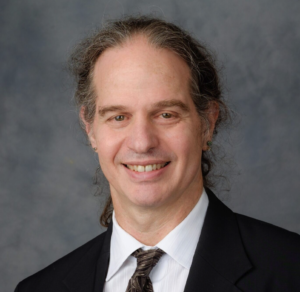
This will now be my sixth year as Chair of Physics and I am also serving as Chair of Chairs this year. Luckily, I still have plenty of time for teaching and research. Martin Guthold and I had a great Biophysics class last Spring, held face-to-face but including zoom options for students who are sick and recording all classes.
The lab is doing very well with graduate students Ellie Alipour and Laxman Poudel and our star undergraduate students Emily Foley, Martha Bragg, and Alyskewycz. Swati Basu has moved to another position but still has some affiliation with the lab. We hired a great new Research Technician, Sue Jiang. We had one undergraduate student from Winston-Salem State University, one from UNC Greensboro, and one high school student join us over the summer.
My youngest son is now a first-year student at UC Santa Cruz (Go Banana Slugs), my middle son is at Reed College, and my oldest just graduated from NC State. My wife is still saving lives as a Pathologist.
I do hope to see people at homecoming this year. Please reach out and let us know how you are doing
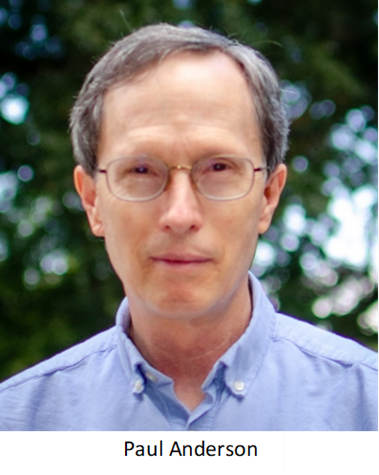
It was great to have a more normal year last year and to teach only in-person classes. I was very pleased to become a MacDonough Family Faculty Fellow on July 1. During the past year, I continued work with my research students and published a paper related to quantum effects in black hole spacetimes with an external collaborator. My research group consisted of WFU undergraduate Zach Scofield and two graduate students, Shohreh Gholizadeh Siahmazgi and Ian Newsome. Zach wrote a senior honors thesis last spring and graduated with honors. He has now begun graduate work in observational astronomy. Ian received a Richter scholarship to do research with Jose Navarro-Salas at the University of Valencia in Spain. He was there for two months last summer and while there also attended a weeklong summer school on gravity related topics in Italy. Shohreh attended a weeklong summer school on mathematics at the University of Massachusetts, Amherst.
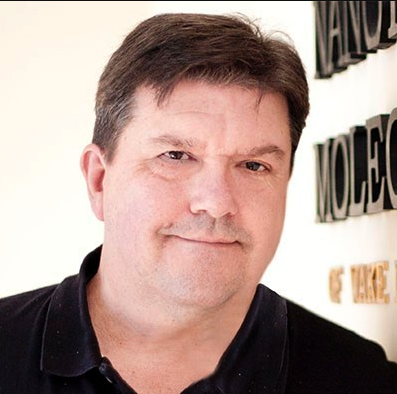
The Nanotech lab continues to be very active in research. I include here updates from three of the graduate students who work in the lab. The first is by graduate student Tim Carlson, who won a financial award for his poster from MRS and spent the summer as an exchange student with FAU in Erlangen working on quantum computers. He discusses talks given by some students at a conference last spring.
Gabriel Marcus (year 6) gave two talks at the Spring MRS 2022 conference where his two talks were titled, “Chalcogenide Spin Injection from Iron- and Nickel- Based Edge Modulation Doping” and “Using Thermoelectric MoS2 Based Thin Films for Novel Desalination and Battery Technologies for Selective Ion Transport”. Lindsey Gray (year 4) gave one talk titled “Incorporation of Stokes Shifting Dyes into a Si-Based Photovoltaic-Thermal System”. Finally, I (year 2) gave a poster presentation titled “The Search for Persistent Currents on Topological 2D Dichalcogenides” and received the “Best Poster Award Nominee”. In addition to the poster presentation, I was also given a poster spotlight session where I gave a short 5min talk about my work.
The second is by Lindsey Gray and discusses her recent work and an invited paper on it.
In May we attended the Materials Research Society Spring Meeting in Honolulu, HI. I gave a talk titled, “Incorporation of Stokes shifting dye into a Si-based photovoltaic-thermal system.” Before the conference, we were asked to submit our work to the MRS Bulletin Impact as an invited paper. This is not the proceedings but rather a journal (https://www.springer.com/journal/43577). This paper, titled the same as the talk, is currently under review.
The third is by Gabriel Marcus. Here he discusses the research that was done for one of the talks he gave at the conference.
My name is Gabriel Marcus and I attended the spring 2022 MRS meeting with a presentation entitled “Chalcogenide Spin Injection from Iron- and Nickel-Based Edge Modulation Doping.” Chalcogenides are a diverse set of compounds consisting of sulfur, selenium, or tellurium bound to various other elements, and some of these materials are believed to possess topological insulator properties. Here at the Wake Forest University Nanotechnology Center, we have done extensive work in synthesizing and characterizing chalcogenides such as antimony telluride and bismuth telluride. Additionally, we have been able to achieve edge doping with metals like copper and silver which can significantly enhance some of the base material’s electronic properties. Currently, we are investigating edge doping with iron and nickel nanoparticles that can potentially donate spins to already existing topological edge currents on the chalcogenide. This may prove useful in applications such as quantum computing where topologically protected and entangled edge currents might allow for operation at higher temperatures.
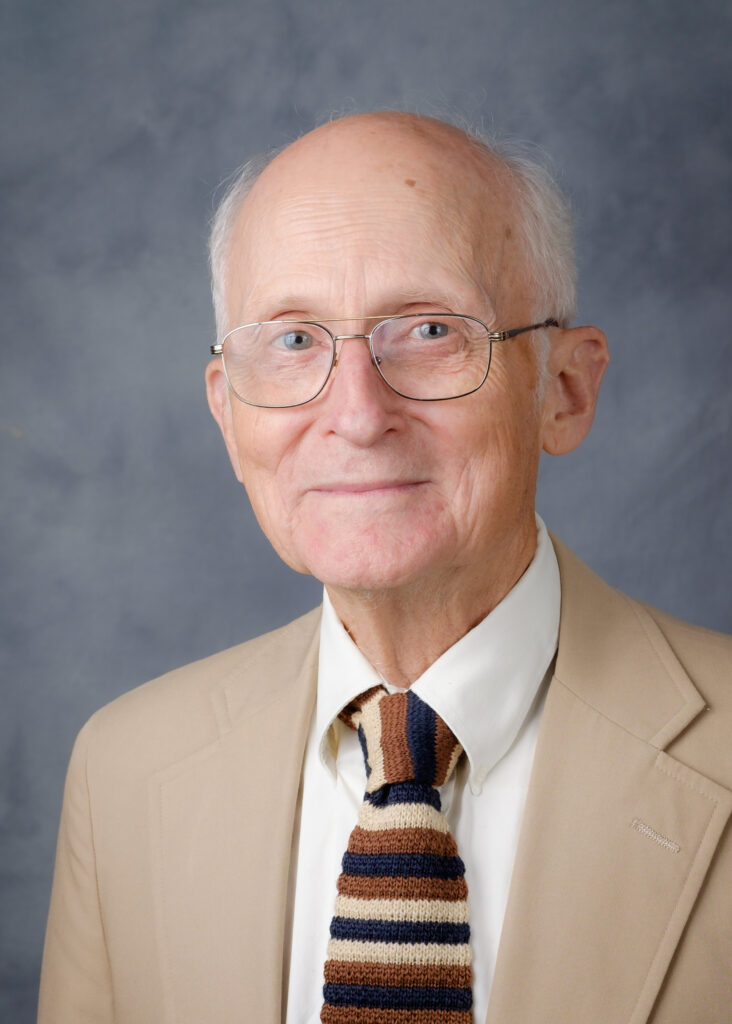
We continue to do biophysics research in Olin. We are involved with 2 projects. One project is in collaboration with Doug Lyles in the Biochemistry Dept. We are trying to understand how viral particles move from sites of biosynthesis in the cytoplasm, through the entangling mesh of cytoskeletal fibers, and finally to the cell membrane, where final assembly of the virion occurs, and the virion leaves the cell. Our role is to observe fluorescently tagged viral particles by high-speed optical microscopy and then interpret the observed tracks with machine learning. Two undergrads, Ryan Oglietti and Kate Smith, are helping with this project.
The second project is also a collaboration, this time with Keith Bonin (Physics) and Pierre Vidi (Cancer Biology). Keith and colleagues are building a novel 3D optical microscope which generates images of fluorescently tagged chromatin in live mammalian cells. My role is to help deconvolve the x,y, and z positions of particles from the raw images, in which the z-position is specially coded (convolved). We write Matlab code for the deconvolution process and check out published code.
I am grateful that the Physics Department still encourages “retired” faculty like me to continue doing research, despite the space crunch in Olin.
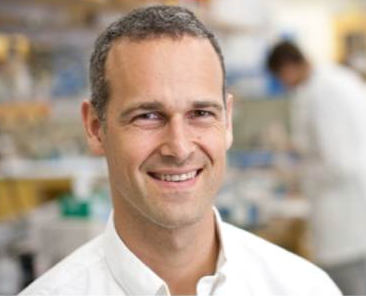
Dr. Macosko and Dr. George Holzwarth have recently had a paper accepted for publication in the Journal of Virology. The title is “Dynamic actin filament traps mediate active diffusion of vesicular stomatitis virus ribonucleoproteins”. The co-authors were Steven Moran, Shelby Puckett, David Ornelles, and Douglas Lyles.
Dr. Macosko has also been working with Dr. Guthold and several students on an AFM imaging project. Two of the students working on this project were high schoolers from the Winston Salem Forsyth County district and were selected to take part in WFU’s LEAP program, which is funded by the NSF. Both students, Brandon Sutton and Oliver Estrada, worked closely with undergraduate Jesse Gao and Drs. Baker, Guthold, and Macosko. Dr. Macosko also continues his work on big data projects, including a contract cheating detection tool (hosted at https://academicinfluence.com/resources/tools/ghost-detect) and an alternative to ResearchGate and other h-index/citation/etc. calculating sites (e.g. https://academicinfluence.com/people/daniel-b-kim-shapiro). He also worked with Dr. Winston Ewert on a “powers of ten” interactive experience (https://academicinfluence.com/resources/tools/magnifying-the-universe) that he uses when teaching and in his outreach to local schools.
Dr. Macosko always enjoys hearing from former students and recently has had the pleasure of learning about engagements being celebrated and new children being welcomed–such wonderful news from those who spent time in the Macosko, Holzwarth, and Guthold labs!

Yan Li did an excellent job of completing her Ph. D. thesis — “First Principles Investigations of Electrolyte Materials in All-Solid-State Batteries”. Her defense presentation on Oct. 21, 2021 was scheduled for 9 AM EST so that her family and friends on the other side of the world could join via video conferencing. She also graciously agreed (with a little bit of “arm twisting”) to give a physics colloquium on her work on Nov. 4, 2021. We are very proud of Yan and glad that after completing her thesis, she was able to overcome obstacles of the pandemic and join her family in China. She is now a postdoctoral fellow working with Professor Piero Canepa (who is also a WFU alum as a former postdoc of Timo Thonhauser) at the National University of Singapore. Yan continues to collaborate with our group, particularly on a project she initiated with Cory Lynch. We are learning that seemingly simple ideas in materials simulations can still provide interesting surprises and challenges.
Natalie was able to attend the March 2022 APS meeting in Chicago, IL, presenting a non-trivial update to our old ATOMPAW code which is now more than 20 years old. As the pandemic seems to be more under control, we hope to attend more meetings in person again. Cory and Natalie plan to attend the Fall 2022 meeting of the Electrochemical Society in Atlanta GA, for example.
While keeping in contact with zoom and email is great, in person encounters, such as (somewhat recent) visits by Jason Howard and Yonas Abraham and their families, are really appreciated.
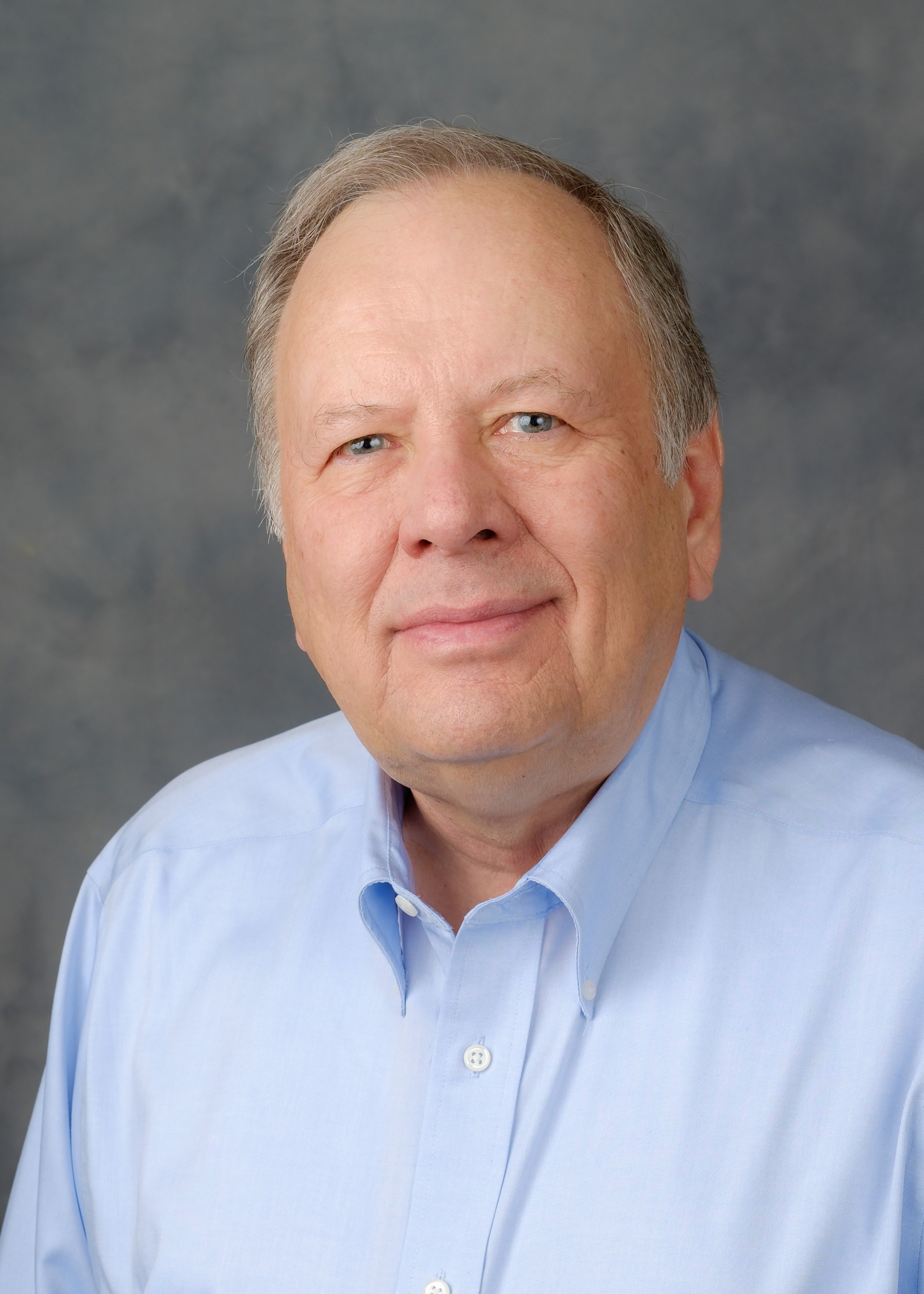
I retired in the summer of 2020, just a few months into the pandemic. The department hosted a wonderful celebration barbecue this August, delayed two years by COVID.
My primary purpose in retiring was to spend more time with my grandchildren while they are still young enough to want to spend time with me. The pandemic spoiled those plans initially, but in the past year with childhood vaccines I have been able to enjoy time with them as I had hoped. Their last stay with us involved bottle rockets and other destructive experiments.
I am happy to have the time to assist my 94-year-old mother who continues to live independently. Her latest project for me was to upgrade her WiFi and add a video doorbell / intercom — so you can see that I got my techie interests from both her and my ham radio operator father, who passed away last year.
I am still waiting for the idle time and boredom to appear that I was promised for my retirement. When they arrive, I have a few writing topics I hope to tackle.
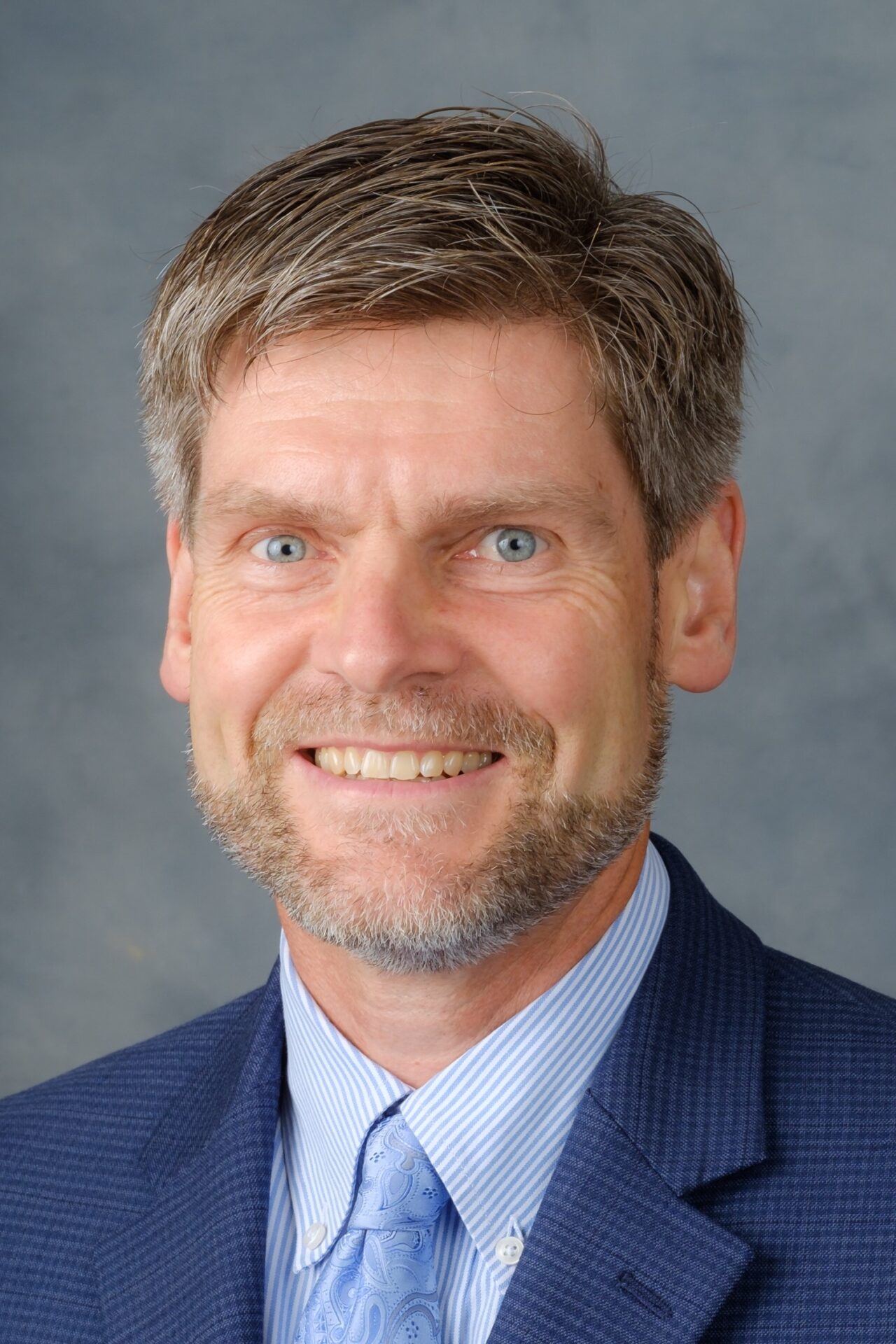
This past year, as COVID restrictions were lifted, it was wonderful to see students come back to campus, to the classrooms and to the lab. It was so good to have ‘real’ personal interactions again. And there has been quite a bit of positive and exciting news from the Guthold lab.
Three undergraduate students – Annie Brigham, Rich Pope and Caleb Sawyer – graduated in May 2022, all with Honors! They did fantastic work studying the properties of electrospun fibrinogen:PCL fibers (Annie), fibrin fibers in the presence of cholesterol (Rich), and cells undergoing mitosis (Caleb). All started exciting career paths; Annie went off to Hawaii to study Marine Biology, Rich, who double-majored in Economics, is working as an investment banking analyst for William Blair, a financial firm in his home town Charlotte, and Caleb went to graduate school in Medical Physics in Florida. Rich Pope won the Speas Award for best Physics student! Congratulations on this special recognition of Rich’s work!
All the best wishes for our graduates! You will have a bright future with a strong Wake education as your foundation!
Hyunsu got married in November 2021! Congratulations to Hyunsu and his wife!! Hyunsu, who has worked for a long time in the lab, first as a graduate student and then a postdoc, moved to Tennessee to be with his wife this past December 2021. The Guthold lab is immensely grateful to Hyunsu for the excellent work he did studying the properties of cancer cells the lab! He did fantastic research, he had outstanding technical skills, and he was very helpful to everybody in the lab. Many lab members learned microscopy and research skills from Hyunsu. All the best to Hyunsu and his wife!
We will very much miss Annie, Rich, Caleb and Hyunsu! They left a gap in the lab but are off to do great things!

Dr. Guthold went to two conferences this past year to present research on fibrinogen and nanofibers. The first conference was the 26th International Fibrinogen Workshop in Vevey (Switzerland). It was a great workshop, which was also attended by former lab member Christine Helms (now professor at University of Richmond) and Stephen Baker (now faculty at Wake Forest). It was great to see everybody there and hear the latest advances in fibrinogen research. Dr. Guthold was elected president of the International Fibrinogen Research Society at the Fibrinogen Workshop. The mission of this society is to advance fibrinogen research.
The second conference was the congress of the International Society on Thrombosis and Haemostasis (ISTH) in London, a large meeting with ~6000 attendees.
Melissa Pashayan (PhD ’20) couldn’t get enough of Wake Forest, so she came back to teach in the Physics department as a visiting assistant professor. Welcome back, Melissa!
Ali Daraei (PhD ’20), currently a post-doc at UCLA, just received a job offer from Sanford Burnham Prebys Medical Discovery Institute, a world-class research place in San Diego. Congratulations and best wishes, Ali!
Continuing lab members are Stephen Baker (faculty), graduate students Nouf Alharbi (PhD) and Can Cai (PhD) and Zezhong Zhang (MS) and undergraduate student, Joe Cho. A new undergraduate student, Jesse Gao, also joined the lab. This fall 2022, two new graduate students, Caela Flake and Arezoo Nameny, and a new undergraduate student, Ethan Payne, will join the lab. Indeed, a very strong team to move the lab forward.
We settled into our new lab space in Olin 213 and Olin 216 (now shared with Drs. Macosko, Holzwarth and Kim-Shapiro). We continue to do research in hemostasis & thrombosis (properties of fibrin clots); cancer and thrombosis; mechanical and structural properties of cells and tissues; electrospun nanofiber properties. This research is supported by grants from the NIH, the Wake Forest Center for Functional Materials, the Wake Forest Translational Science Center and a Wake Forest Collaborative Grant.
All the excellent work by the research team resulted in several high-impact publications. The Guthold lab published papers in Biomolecules (twice), Intl. J of Molecular Sciences, Acta Biomaterialia.
The Guthold family is doing well and there are some big news items, too. My son, Felix, and his wife, who got married in Aug. 2021, are now expecting their first child. I’ll be an Opa (grandfather) in 2023! Our daughter, Melissanthi, is now a sophomore at Duke University. Her first year was challenging, exciting and great. Our son, Alexander, just started 4th grade! Some moaning because of having to get up early, but otherwise off to a good start.
We would love to hear from all alumni. Let’s stay in touch.
